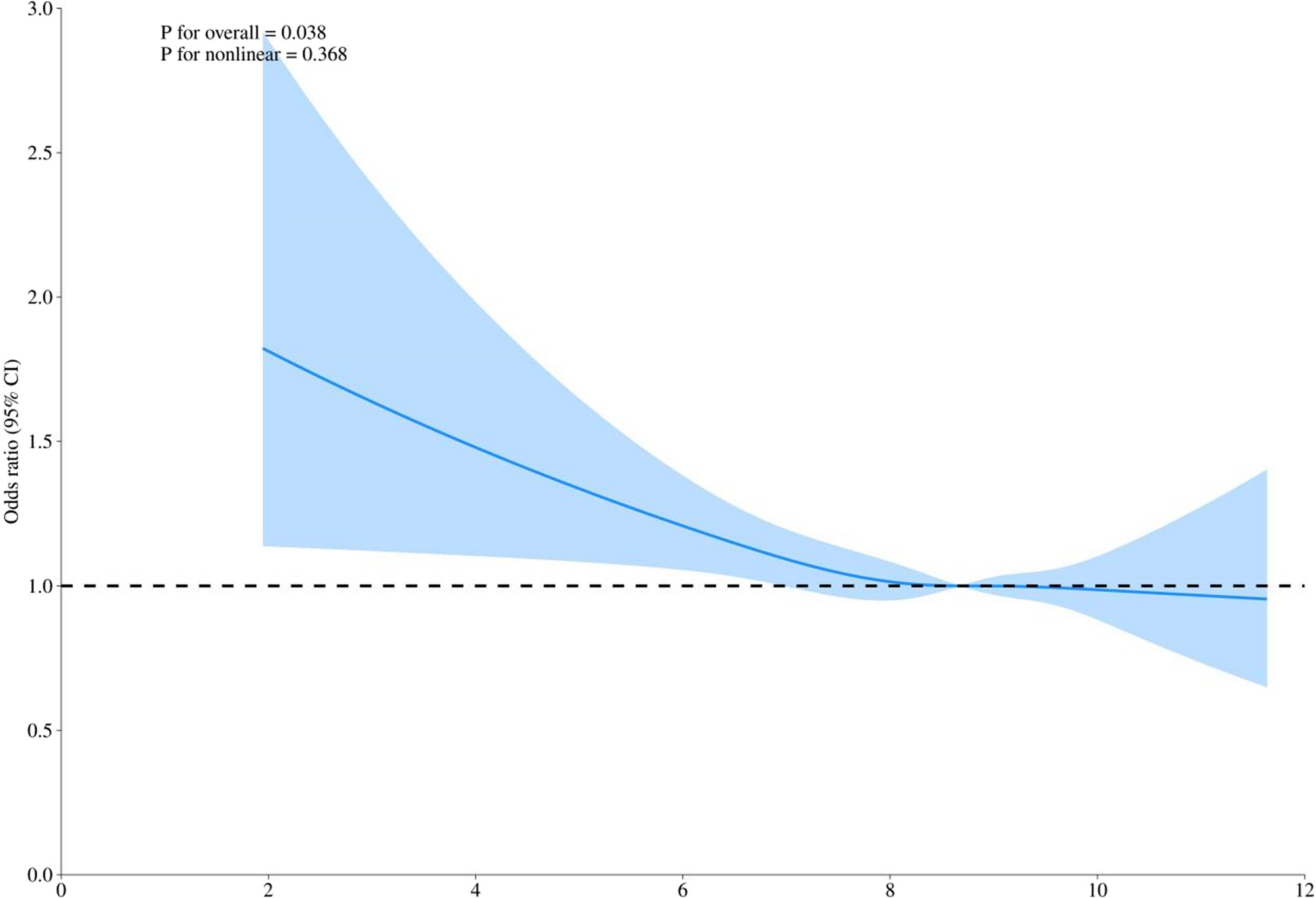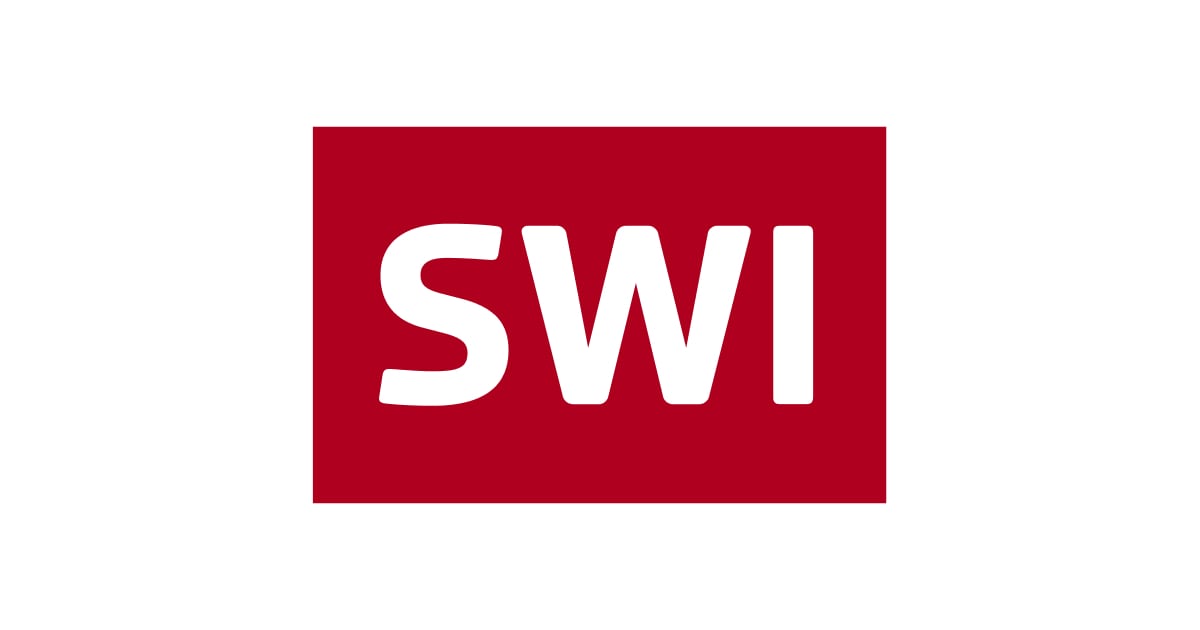Study participants
This study is cross-sectional in design, involving participants from the US National Health and Nutrition Examination Survey (NHANES), a series of nationally representative cross-sectional surveys of the non-institutionalized,…

This study is cross-sectional in design, involving participants from the US National Health and Nutrition Examination Survey (NHANES), a series of nationally representative cross-sectional surveys of the non-institutionalized,…

If we want to find a potential multi-bagger, often there are underlying trends that can provide clues. Firstly, we’ll want to see a proven return on capital employed (ROCE) that is increasing, and secondly, an expanding base of capital employed. Put simply, these types of businesses are compounding machines, meaning they are continually reinvesting their earnings at ever-higher rates of return. With that in mind, we’ve noticed some promising trends at WCE Holdings Berhad (KLSE:WCEHB) so let’s look a bit deeper.
Trump has pledged to “unleash” American oil and gas and these 15 US stocks have developments that are poised to benefit.
If you haven’t worked with ROCE before, it measures the ‘return’ (pre-tax profit) a company generates from capital employed in its business. The formula for this calculation on WCE Holdings Berhad is:
Return on Capital Employed = Earnings Before Interest and Tax (EBIT) ÷ (Total Assets – Current Liabilities)
0.012 = RM90m ÷ (RM8.2b – RM958m) (Based on the trailing twelve months to June 2025).
So, WCE Holdings Berhad has an ROCE of 1.2%. Ultimately, that’s a low return and it under-performs the Infrastructure industry average of 6.1%.
Check out our latest analysis for WCE Holdings Berhad
While the past is not representative of the future, it can be helpful to know how a company has performed historically, which is why we have this chart above. If you want to delve into the historical earnings , check out these free graphs detailing revenue and cash flow performance of WCE Holdings Berhad.
Even though ROCE is still low in absolute terms, it’s good to see it’s heading in the right direction. Over the last five years, returns on capital employed have risen substantially to 1.2%. The company is effectively making more money per dollar of capital used, and it’s worth noting that the amount of capital has increased too, by 37%. So we’re very much inspired by what we’re seeing at WCE Holdings Berhad thanks to its ability to profitably reinvest capital.
All in all, it’s terrific to see that WCE Holdings Berhad is reaping the rewards from prior investments and is growing its capital base. Since the stock has returned a staggering 191% to shareholders over the last five years, it looks like investors are recognizing these changes. With that being said, we still think the promising fundamentals mean the company deserves some further due diligence.
“It’s incredible! We’ve worked so far for this! Avery deserves this! She deserved the opportunity and I wanted to win it for her, so I am just super proud of us!” tearful Perez told FIVB.com right after the victory.
“This was such a…

For September, retail sales, a key gauge of consumption, likely grew 3.0% on year, down from August’s 3.4% increase, the poll shows. Industrial production is estimated to have grown 5.3%, marginally above August’s 5.2%. Fixed-asset investment likely stayed flat in the first three quarters of the year, compared with a 0.5% rise through August. Property data due the same day are expected to show another weak month for the housing sector.
The People’s Bank of China will also announce the country’s benchmark lending rates on Monday, which are widely expected to remain unchanged.
Separately, China’s ruling communist elites are set to convene a meeting from Monday to Thursday to review the country’s 15th Five-Year Plan, mapping out key policy initiatives for the world’s second-largest economy for the rest of the decade. While detailed targets will be unveiled next March, economists at Morgan Stanley expect the focus to remain on “technological self-sufficiency, innovation and national security,” with limited market-moving surprises.
Australia / New Zealand
In Australia, attention will be focused on further communication from the Reserve Bank of Australia. While senior officials have recently signaled more interest-rate cuts, they may start rowing back those comments after data showed unemployment jumped to its highest level since late 2021.
Even with inflation risks lingering, the rise in unemployment to 4.5% in September adds pressure on the RBA to keep lowering the official cash rate. The increase may reflect weaker government hiring and continued softness in the private sector, compounded by global trade uncertainty and China's tariff headwinds.
A speech by RBA Gov. Michele Bullock on Friday will be a key focus in an otherwise light data week.
In New Zealand, third-quarter inflation data on Monday will draw close attention. Policymakers appear increasingly attuned to signs of weakness, making further rate cuts all but certain.
Indonesia
Bank Indonesia is set to announce its policy decision on Wednesday and is widely expected to continue cutting interest rates to support growth.
UOB economist Enrico Tanuwidjaja thinks the easing cycle is not complete, but the end is near. He expects a 25-basis-point cut to 4.50% in October, followed by another reduction in the first quarter of 2026, with rates likely to remain steady through the year after that.
Malaysia
Malaysia's September inflation data is likely to show a small uptick in price pressures but not enough to move the needle for the central bank.
ANZ expects CPI to have edged up to 1.5% from 1.3% in August, driven by slightly higher utilities and transport costs. However, with the government reduction of fuel prices, transport inflation could ease in the coming months, ANZ said.
Overall, inflation is expected to stay subdued, supported by weak global commodity prices and moderating domestic demand. ANZ doesn't anticipate Bank Negara Malaysia to cut rates again soon unless growth weakens significantly.
South Korea
The Bank of Korea is expected to hold rates when the monetary policy board meets on Thursday, keeping policy settings unchanged for a third consecutive session.
Analysts have recently pushed back forecasts for the central bank to deliver a rate cut from October to November or later, citing continued financial stability risks tied to household debt and Seoul's overheated property market. Lower borrowing costs could further stoke mortgage lending, complicating the BOK's decision.
Goldman Sachs economists said the government's latest housing stabilization measures-tightening mortgage and property transaction rules-support the case for the BOK to hold rates in October while signaling a dovish bias for November.
The central bank may wait for home prices to stabilize before delivering another cut, Citigroup economist Jin-Wook Kim said.
Singapore
Singapore will release its September inflation data on Thursday. The central bank recently said core inflation, a measure excluding private road transport and accommodation, could bottom out soon and rise gradually in 2026.
Core inflation cooled to 0.3% on year in August from 0.5% in July. ANZ Research expects September to mark the low point of weak inflation, forecasting a 0.2% on-year rise in core prices and a 0.6% gain in headline inflation.
Any references to days are in local times.
Write to Jessica Fleetham at jessica.fleetham@wsj.com and Jihye Lee at jihye.lee@wsj.com
(END) Dow Jones Newswires
October 19, 2025 20:14 ET (00:14 GMT)
Copyright (c) 2025 Dow Jones & Company, Inc.


(Bloomberg) — Asian stocks opened higher on Monday following two consecutive weeks of declines as easing trade tensions between the world’s largest economies bolstered sentiment.
Shares in Japan and South Korea rose, while Australia dipped, after the region’s equities fell on Friday amid concerns on US regional banks. A gauge of the dollar edged up, while oil steadied after dropping for three weeks. US equity futures traded flat after paring most of their earlier gains. Gold slid 0.5%.
President Donald Trump sought to ease trade tensions, saying the much higher tariffs he had threatened to impose on Chinese imports wouldn’t be sustainable. A new round of US-China trade talks are also set for this week with Treasury Secretary Scott Bessent and Vice Premier He Lifeng facing the task of negotiating down new escalatory measures between the two nations.
“The markets are pricing in that things will de-escalate,” wrote Kyle Rodda, a senior market analyst at Capital.com in Melbourne. “However, the markets are likely to remain jittery until such backdowns are explicitly announced.”
Bessent said he spoke virtually with He on Friday evening. The Treasury chief earlier described the discussions with He as “frank and detailed” and reaffirmed plans to meet in-person next week. US Trade Representative Jamieson Greer also took part in the online talks.
Bessent’s comments came after Trump expressed optimism that talks with Chinese officials may yield an agreement to defuse the crisis that saw the US leader threaten to drastically hike tariffs. Taken together, the remarks signaled an effort by Washington to calm fears of a full-blown trade war with Beijing that could have a seismic effect on the global economy.
“There’s a prevailing belief that US–China trade headlines will remain skewed toward a positive outcome,” Chris Weston, head of research at Pepperstone Group, wrote in a note to clients.
Traders will first need to navigate China’s monthly data dump on Monday that may show growth slowed in the third quarter despite a boom in exports, according to a Bloomberg survey.
Chinese political leaders will also begin gathering in Beijing for a four-day meeting, known as its Fourth Plenum, with traders watching for fresh measures to extend China’s strongest equity rally in eight years and shore up the yuan. While a detailed plan will only be released in March next year, investors will scrutinize the post-meeting readout for any policy signals ahead of the possible meeting between Xi and Trump.
Attention in Asia is also on Japan ahead of a vote on Tuesday that will determine the country’s next prime minister and provide clarity for investors
In geopolitical news, Israel launched strikes against Hamas in Gaza and reportedly suspended all aid shipments on Sunday after blaming Hamas for a lethal Palestinian ambush that left two soldiers dead.
French bond futures opened lower after S&P Global Ratings downgraded France to A+ from AA-, saying the country’s budget uncertainty was “elevated.” France has now lost its double-A rating at two of the three major credit assessors in little more than a month, potentially forcing some funds with ultra-strict investment criteria to sell the country’s bonds.
Corporate News:
Kering SA agreed to sell its beauty division to L’Oreal SA as part of a long-term strategic alliance, with Chief Executive Luca de Meo seeking to turn around the French luxury giant’s fortunes. Sany Heavy Industry Co. started taking investor orders to raise as much as HK$12.4 billion ($1.6 billion) in a Hong Kong listing, joining a flood of Chinese companies seeking to capitalize on the Asian financial hub’s hot market. Some of the main moves in markets:
Stocks
S&P 500 futures were little changed as of 9:18 a.m. Tokyo time Hang Seng futures rose 2.5% Japan’s Topix rose 1.5% Australia’s S&P/ASX 200 fell 0.3% Euro Stoxx 50 futures rose 0.4% Currencies
The Bloomberg Dollar Spot Index was little changed The euro was little changed at $1.1659 The Japanese yen fell 0.2% to 150.87 per dollar The offshore yuan was little changed at 7.1264 per dollar The Australian dollar was unchanged at $0.6499 Cryptocurrencies
Bitcoin fell 0.7% to $108,104.29 Ether fell 1.2% to $3,956.86 Bonds
The yield on 10-year Treasuries was little changed at 4.01% Japan’s 10-year yield declined 3.5 basis points to 1.620% Australia’s 10-year yield advanced six basis points to 4.16% Commodities
West Texas Intermediate crude fell 0.4% to $57.31 a barrel Spot gold fell 0.7% to $4,223.68 an ounce This story was produced with the assistance of Bloomberg Automation.
–With assistance from Matthew Burgess.
©2025 Bloomberg L.P.

The singers delivered the song’s remix at Kia Forum on Saturday
Lorde and Charli XCX worked it out on the remix live last night, with a surprise performance of their collaborative version of Charli XCX’s “Girl, So…

By publishing the “Grand Duke flummery has no place in the FT” letter (October 10) you make clear that one Grand Duke stately replacing another is not your journal’s kind of news.
That said, despite its size, and slightly Ruritanian nature,…